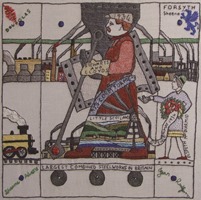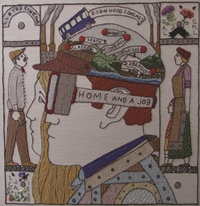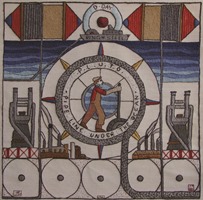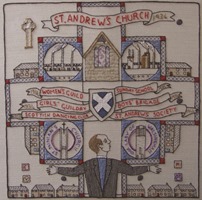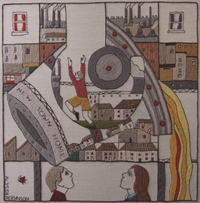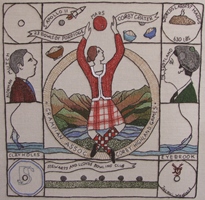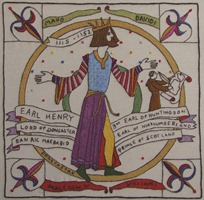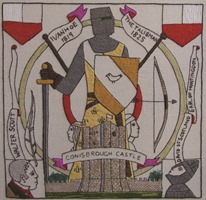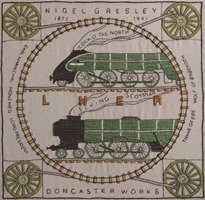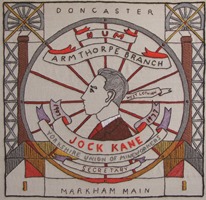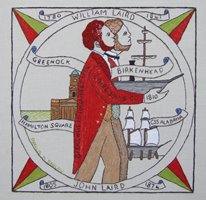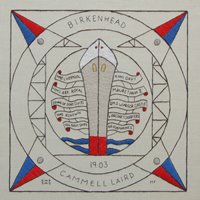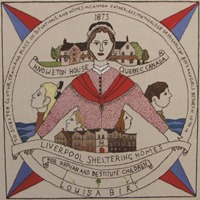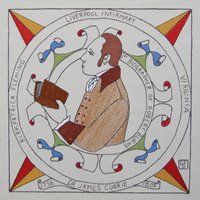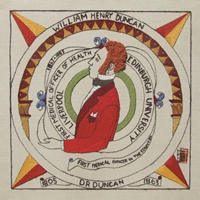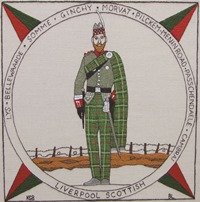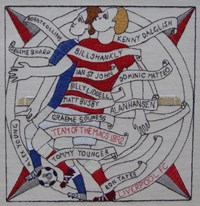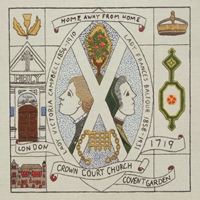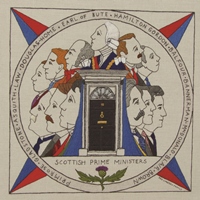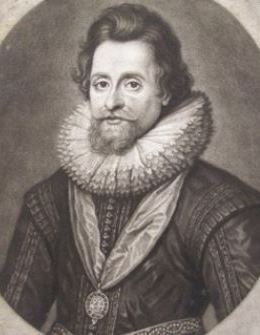|
GBE01 |
GBE02 |
GBE03 |
|
GBE04 |
GBE05 |
GBE06 |
|
GBE07 |
GBE08 |
GBE09 |
|
GBE10 |
GBE11 |
GBE12 |
|
GB13 |
GBE14 |
GBE15 |
|
GBE16 |
GBE17 |
GBE18 |
|
GBE19 |
GBE20 |
GBE21 |
Not surprisingly since Scotland’s only land border is shared with England, there has been ample opportunity over the centuries for a diaspora presence to appear there. Indeed large parts of Scotland have at various points been ruled by their southern neighbour, and vice versa. Families and magnates could quite happily own lands and titles in both kingdoms independently.
But it was the Stuart monarchy that really set the seal of approval on a diaspora in England when King James VI was crowned King James I south of the border after the death of Elizabeth I in 1603. Once he moved to London, there was no going back! And of course he did not go alone, but rather took with him an entire court which drew many Scots to the south to be closer to the seat of power and opportunity. Although James VII & II stayed at Holyrood Palace during his days as viceroy to his brother Charles II, and George IV famously donned the kilt in 1822, it was not until Victoria and Albert rebuilt Balmoral in 1854/ 55 that our monarchy’s reverse diaspora was consolidated! Victoria herself – who painted the watercolour below – adored Scotland, spent a great deal of time here, became dependent later on Mr Brown, and she even insisted on reminding everybody that she was a Stuart (distantly)!
Monarchs apart, the most significant migration of Scots to England took place in the 19th and 20th centuries. In 2001 some 800,000 first born migrants are recorded being spread across England, together with millions of descendants of earlier generations. Over three centuries the Scots have taken their professional skills south as leaders in medicine and engineering, as administrators, as police officers, and as workers in steel as in Corby and Sheffield or shipbuilding in Birkenhead and Newcastle. In the mid 20th century they also arrived in growing numbers in Leeds and Birmingham. And they always made their way to London.
Yet they seldom settled in enclaves and soon intermarried with the English, content to become British together, often with nostalgic memories of Scotland since few had left their homeland from privation (unlike so many Irish had). What does frequently survive, however, are the distinctive cultural dimensions of Scottish life – Robert Burns, his suppers and poetry, fine malt whiskies, golf, pipe bands, highland song and dance … and the kilt of course. The Scottish lineage of many a family surfaces when the kilt is worn at a wedding south of the Border. In UK politics that Scots lineage has been formidable, providing many 20th century Prime Ministers – Arthur Balfour, Henry Campbell-Bannerman, Andrew Bonar-Law, Ramsay MacDonald, Harold MacMillan, Alec Douglas-Home, Tony Blair, Gordon Brown and David Cameron. Sir Alex Ferguson is but the contemporary standard bearer for a multitude of footballers and sportsmen and women who have made their way south of the Border.

